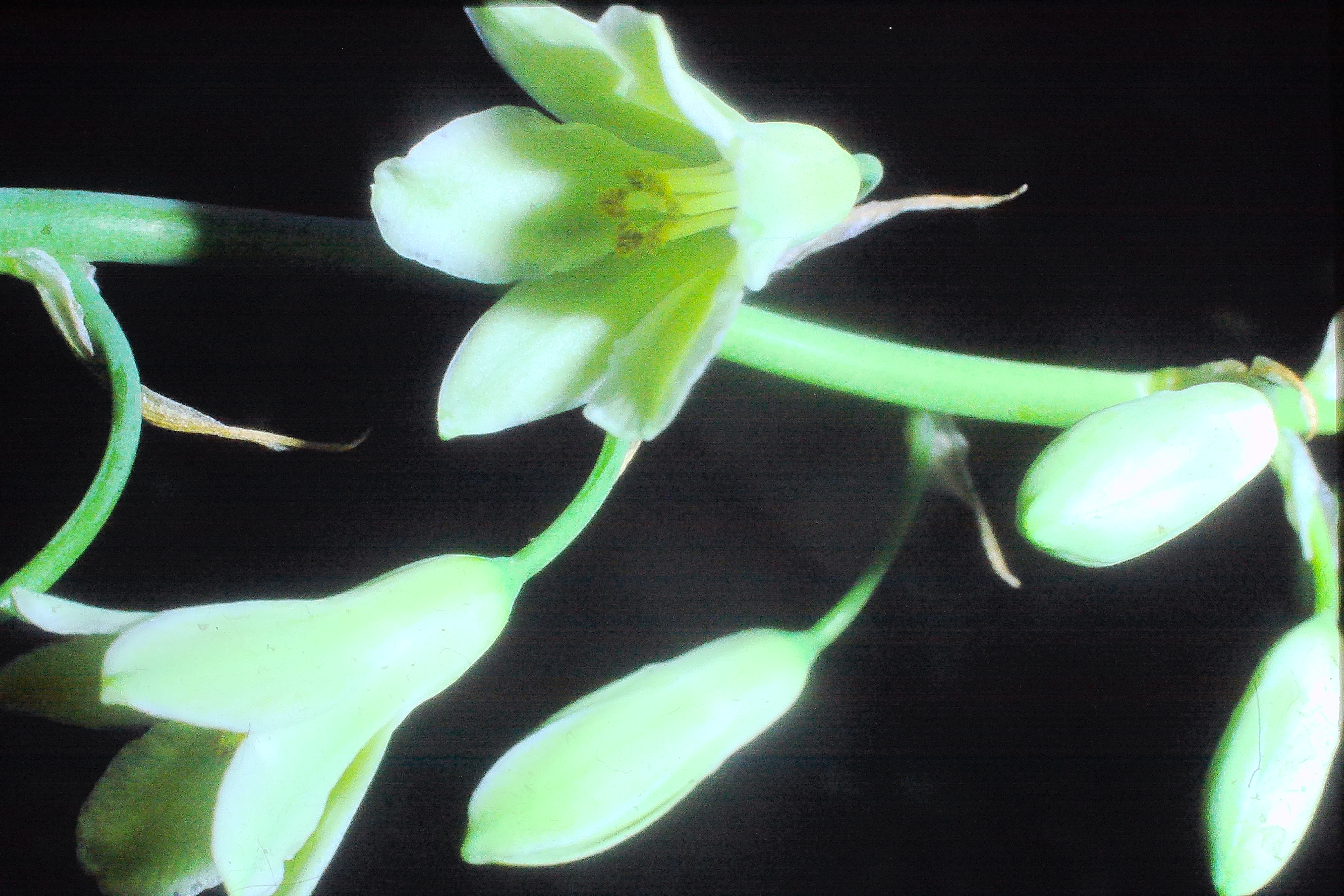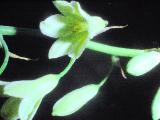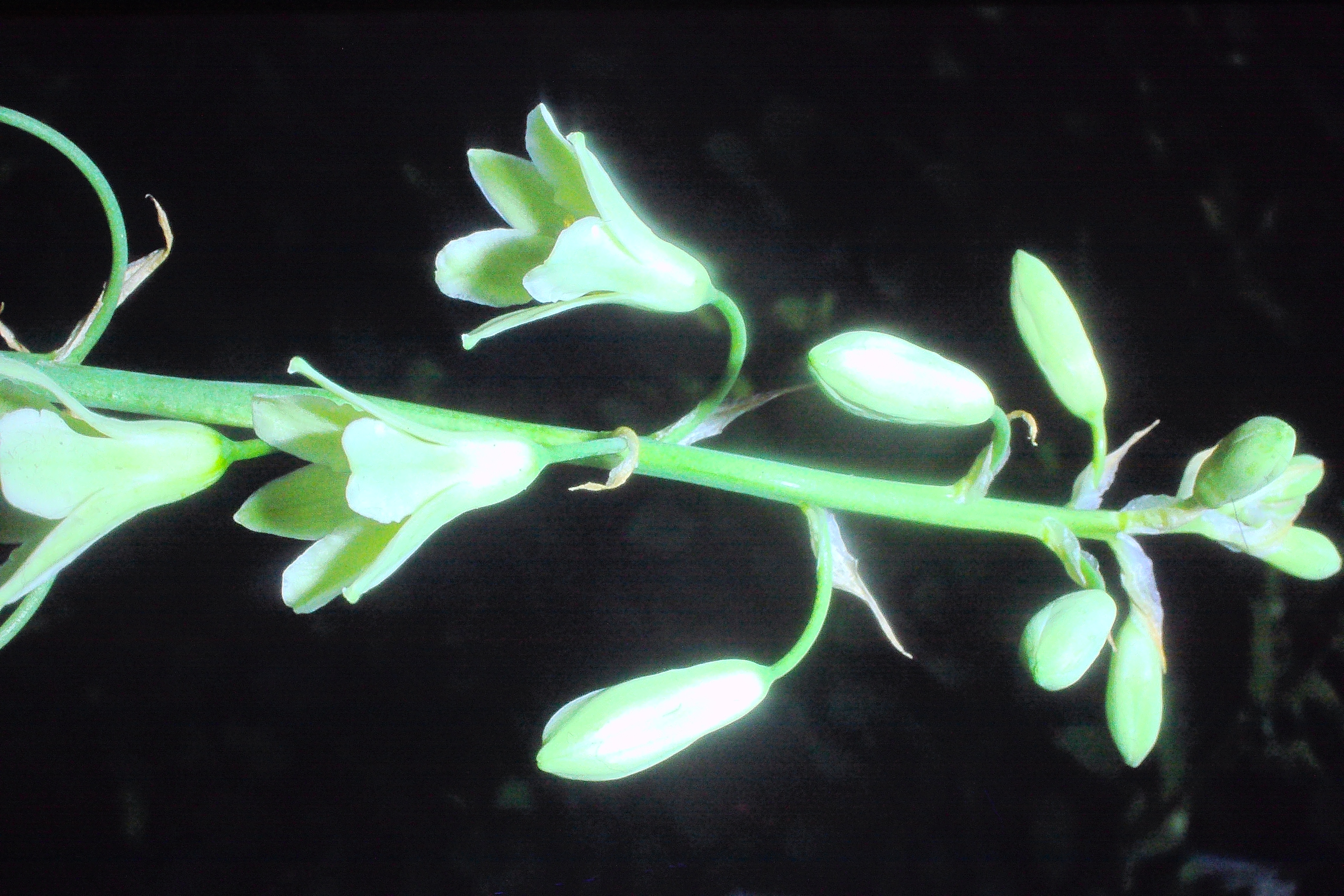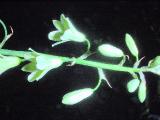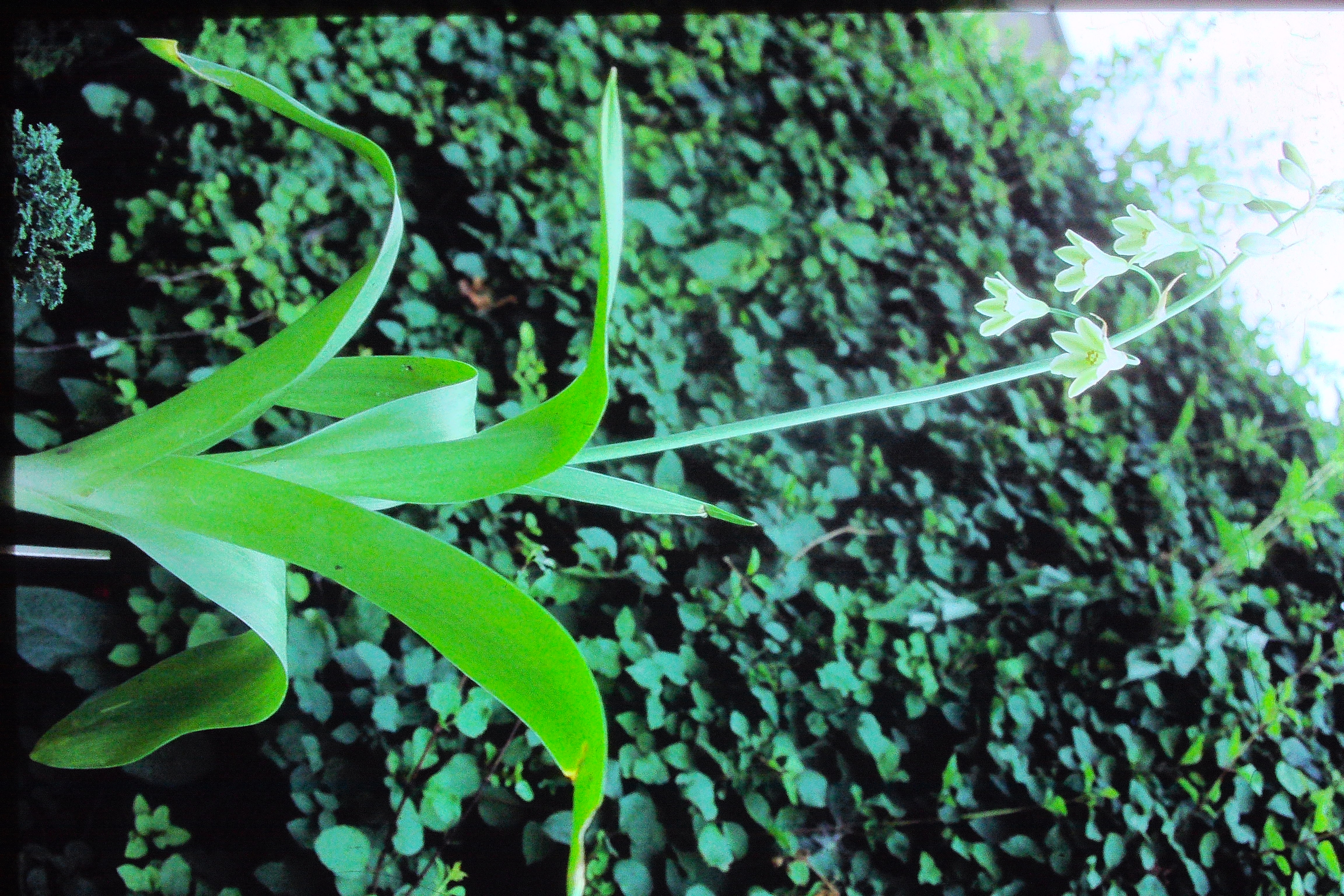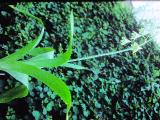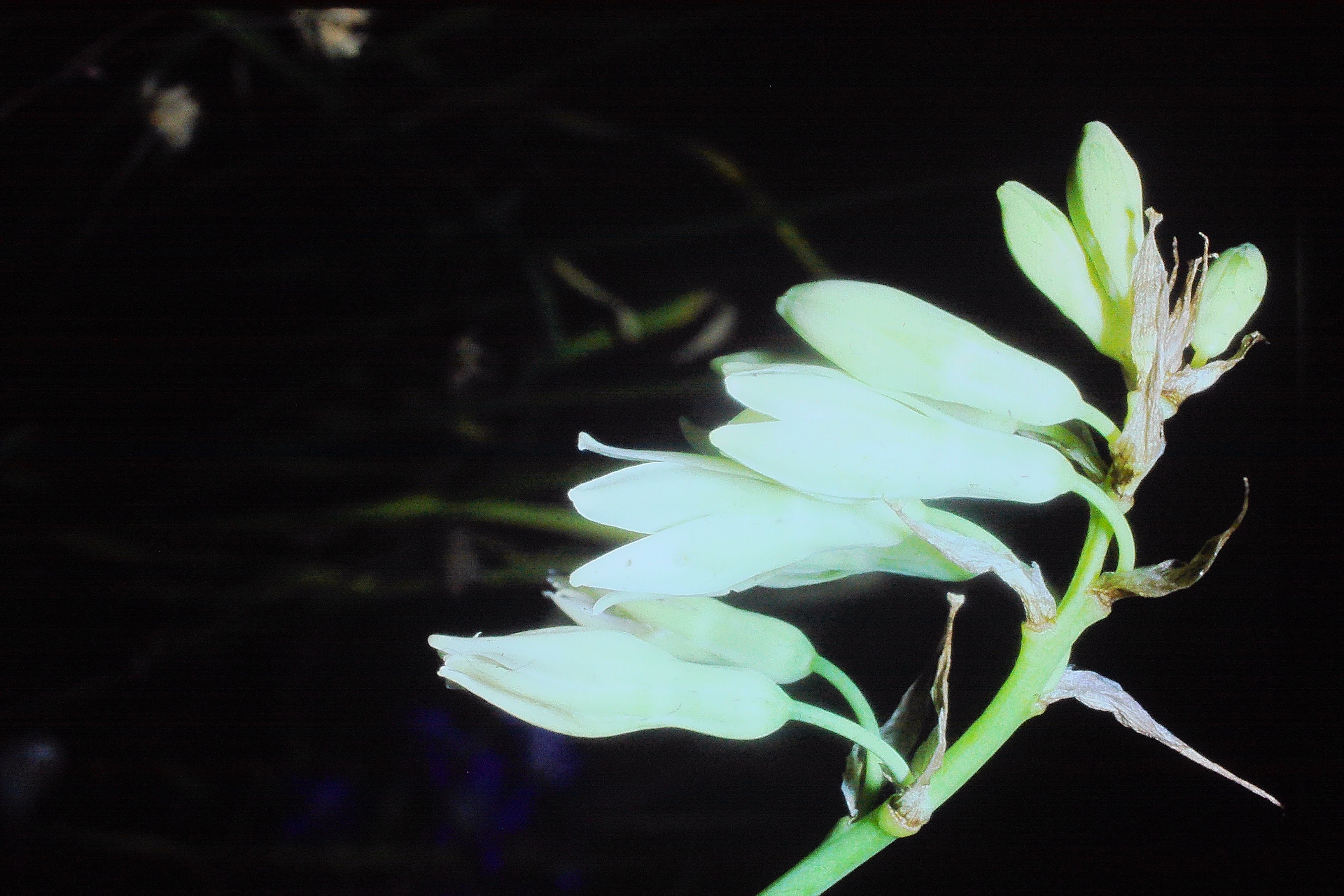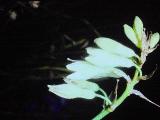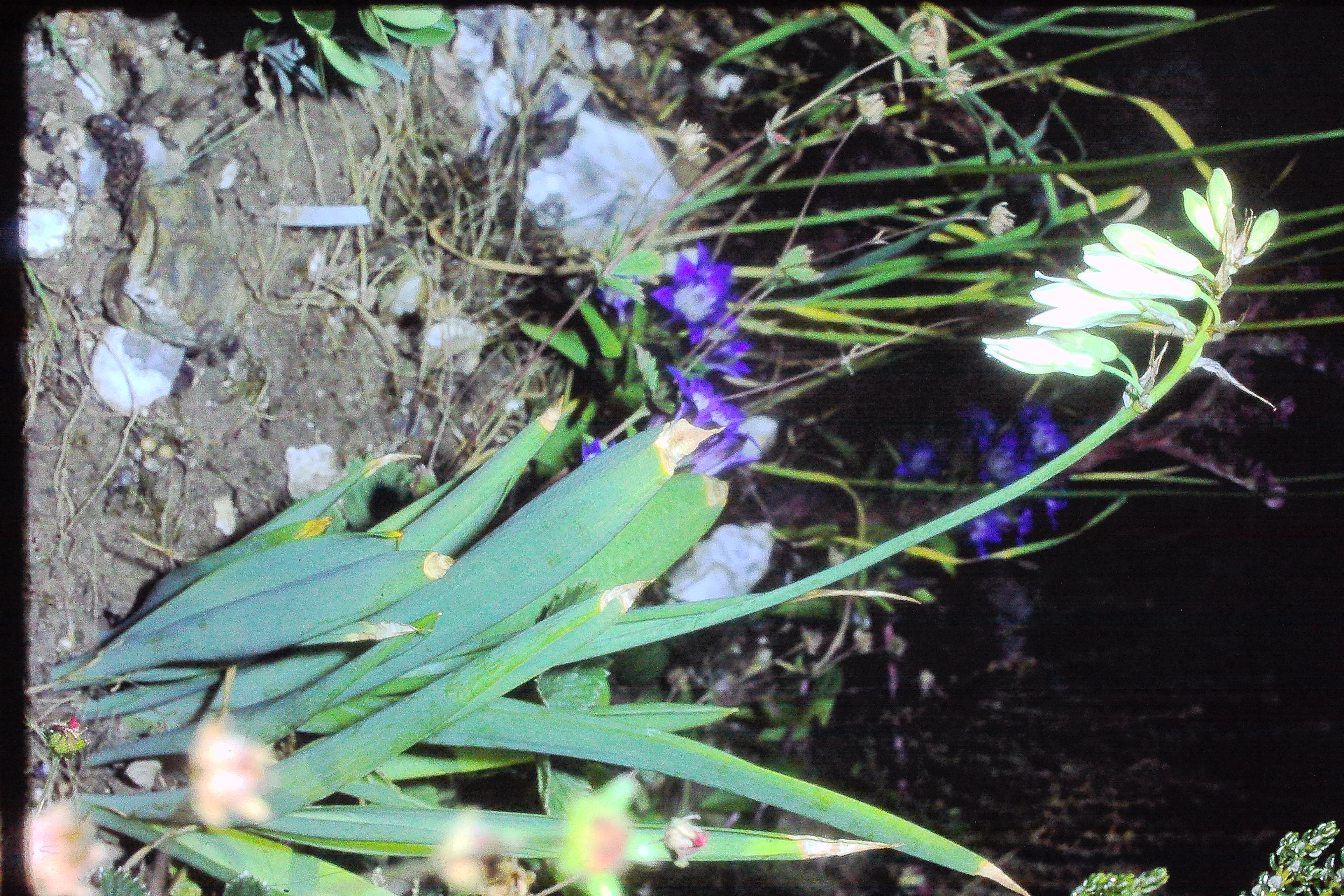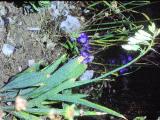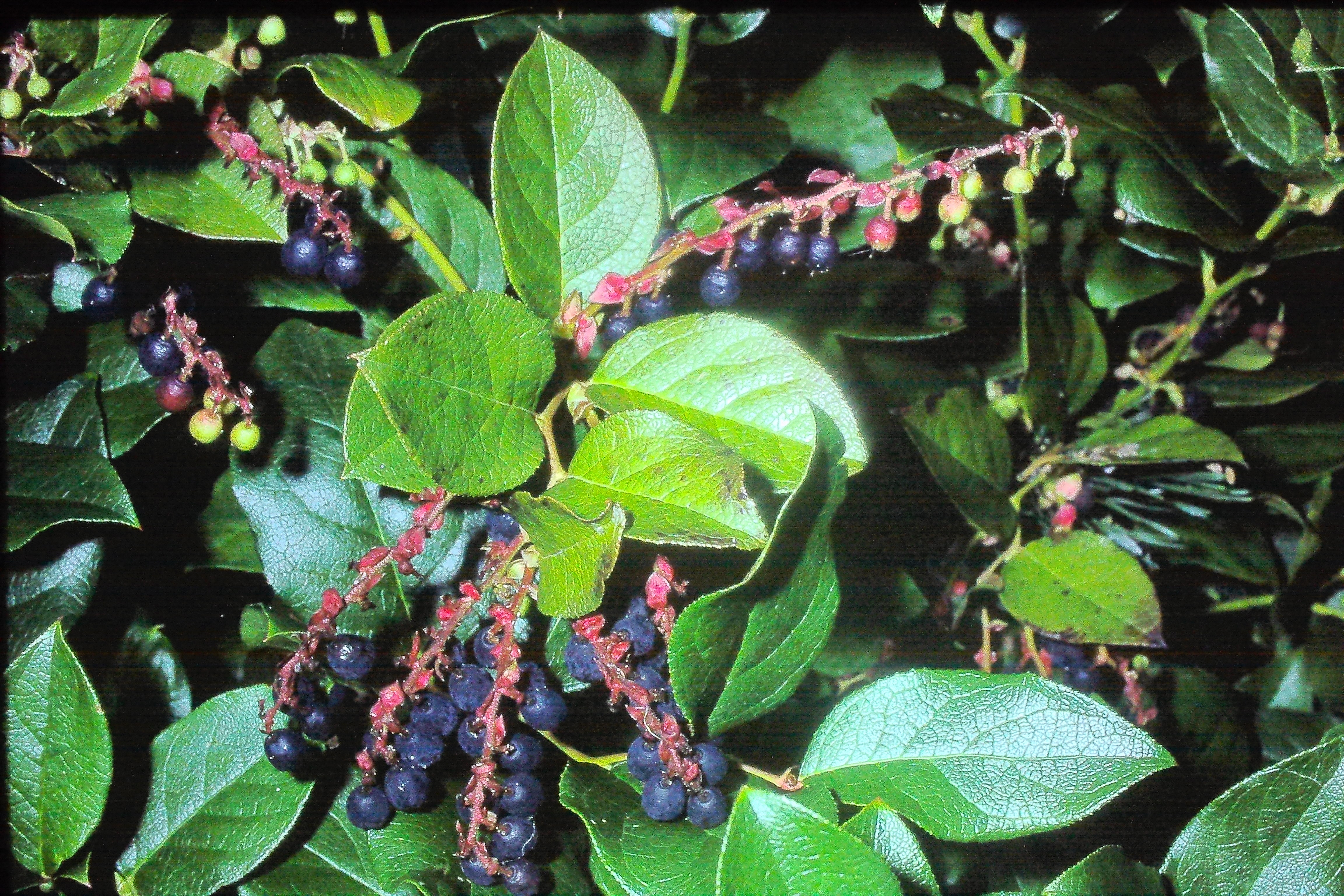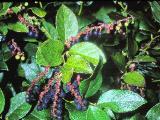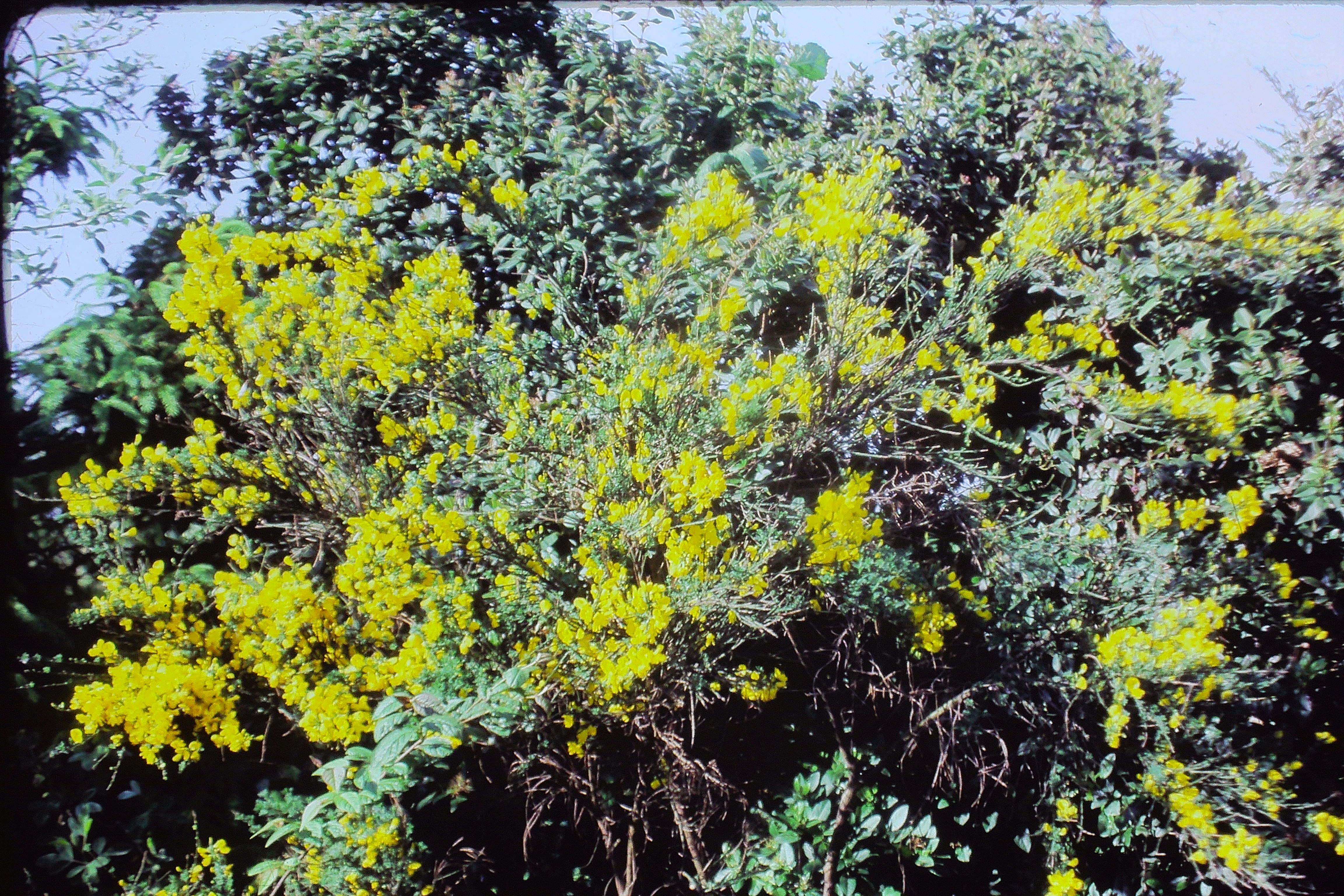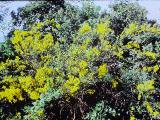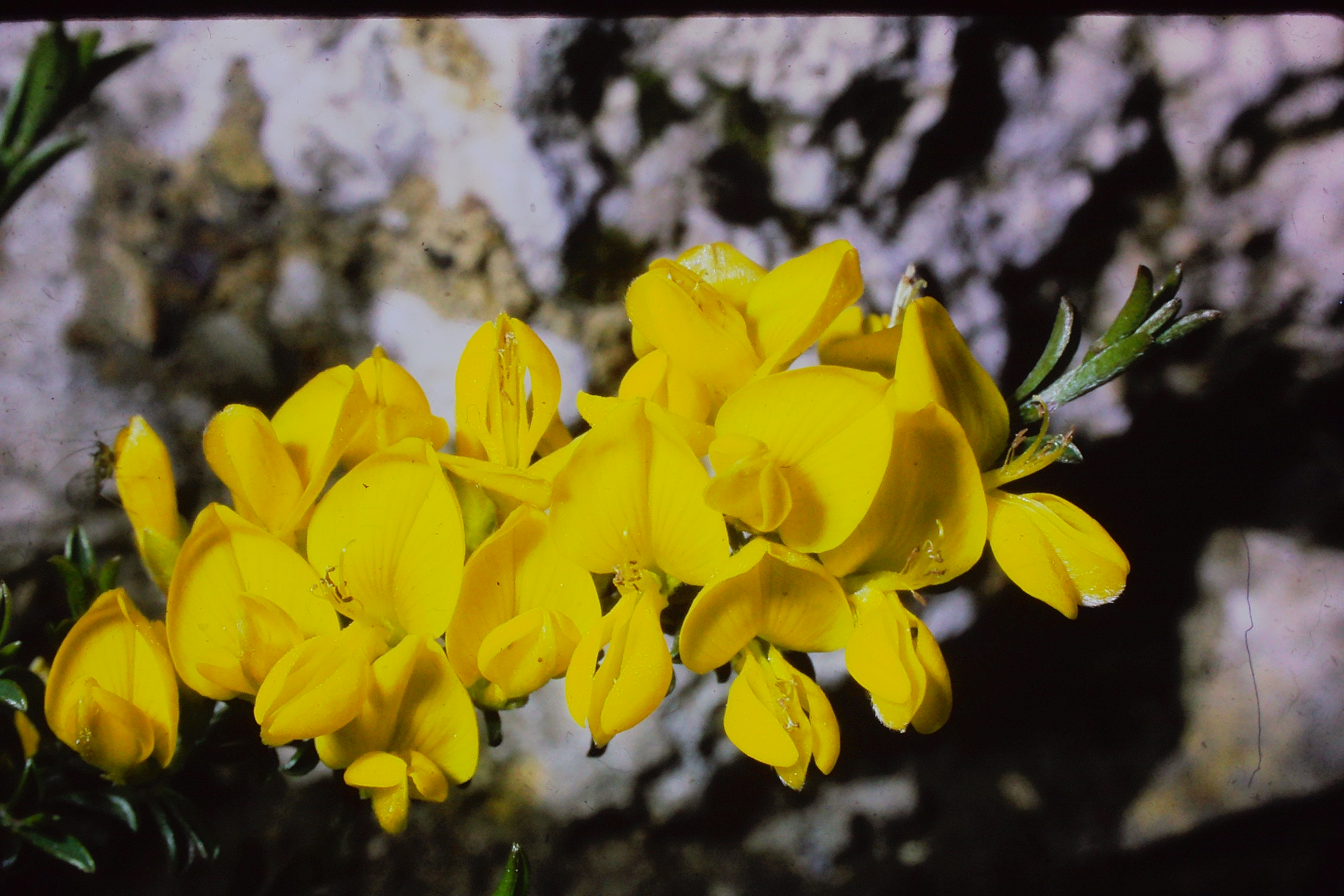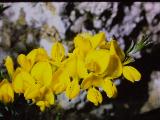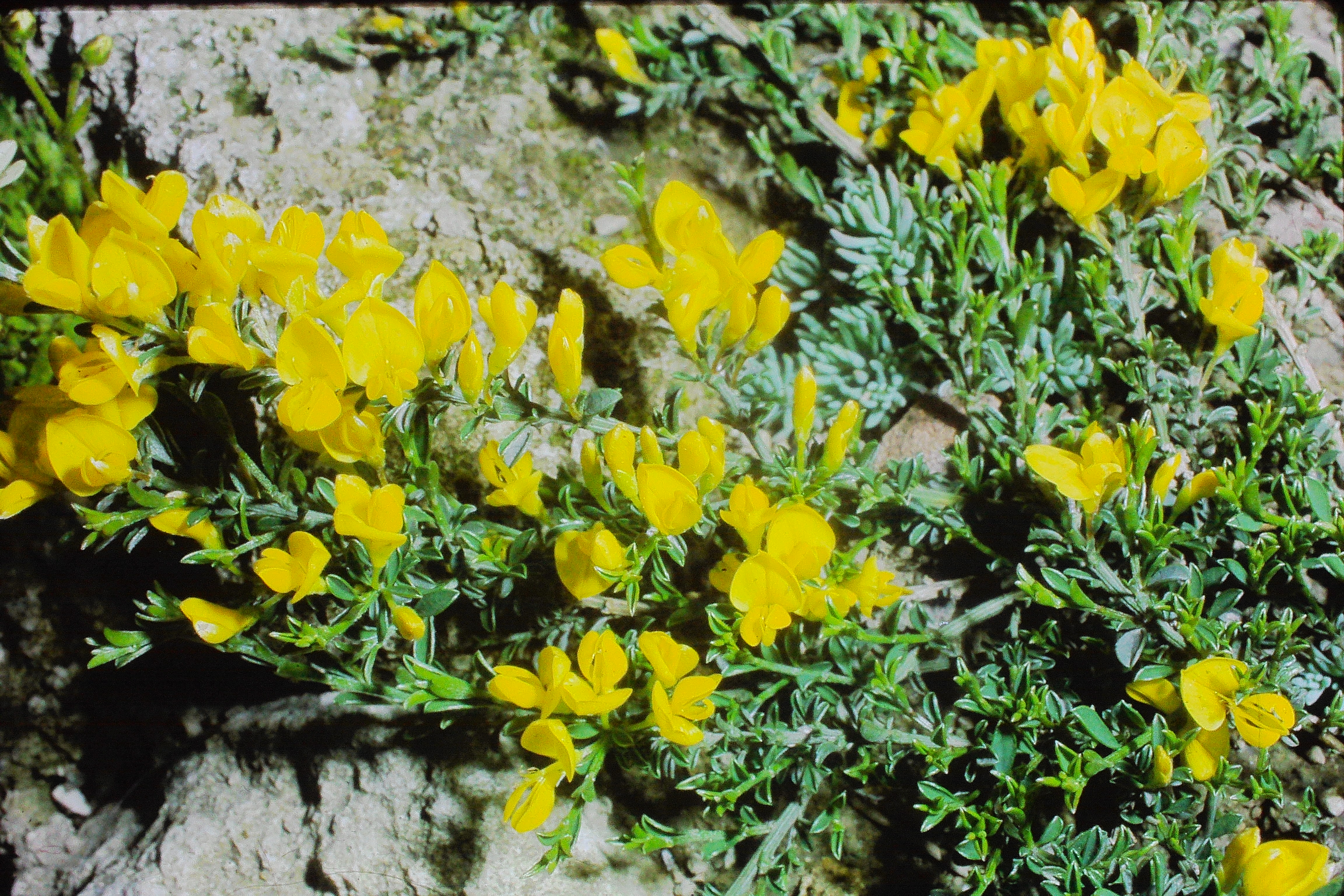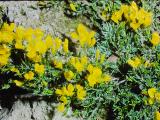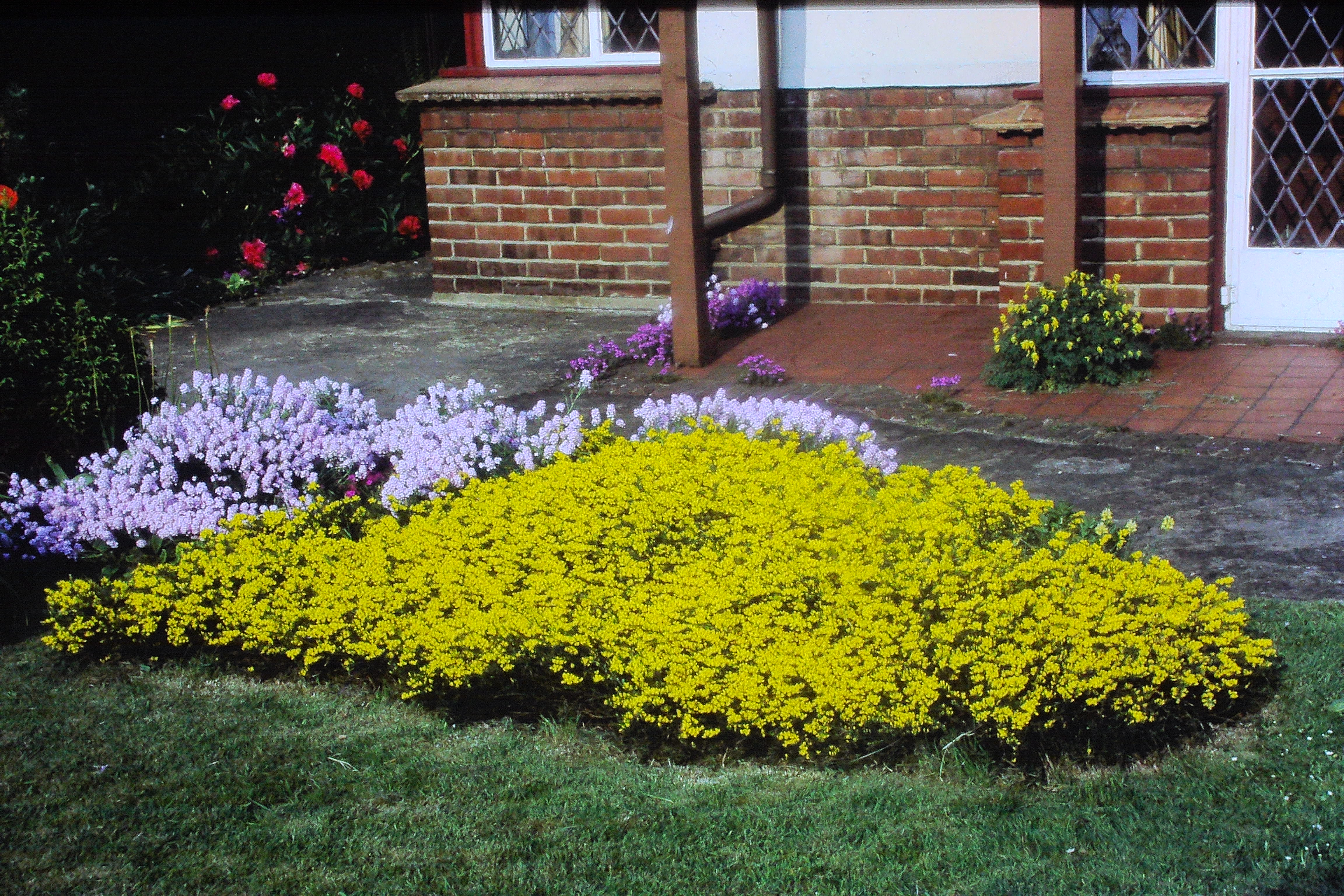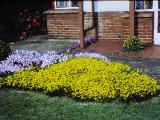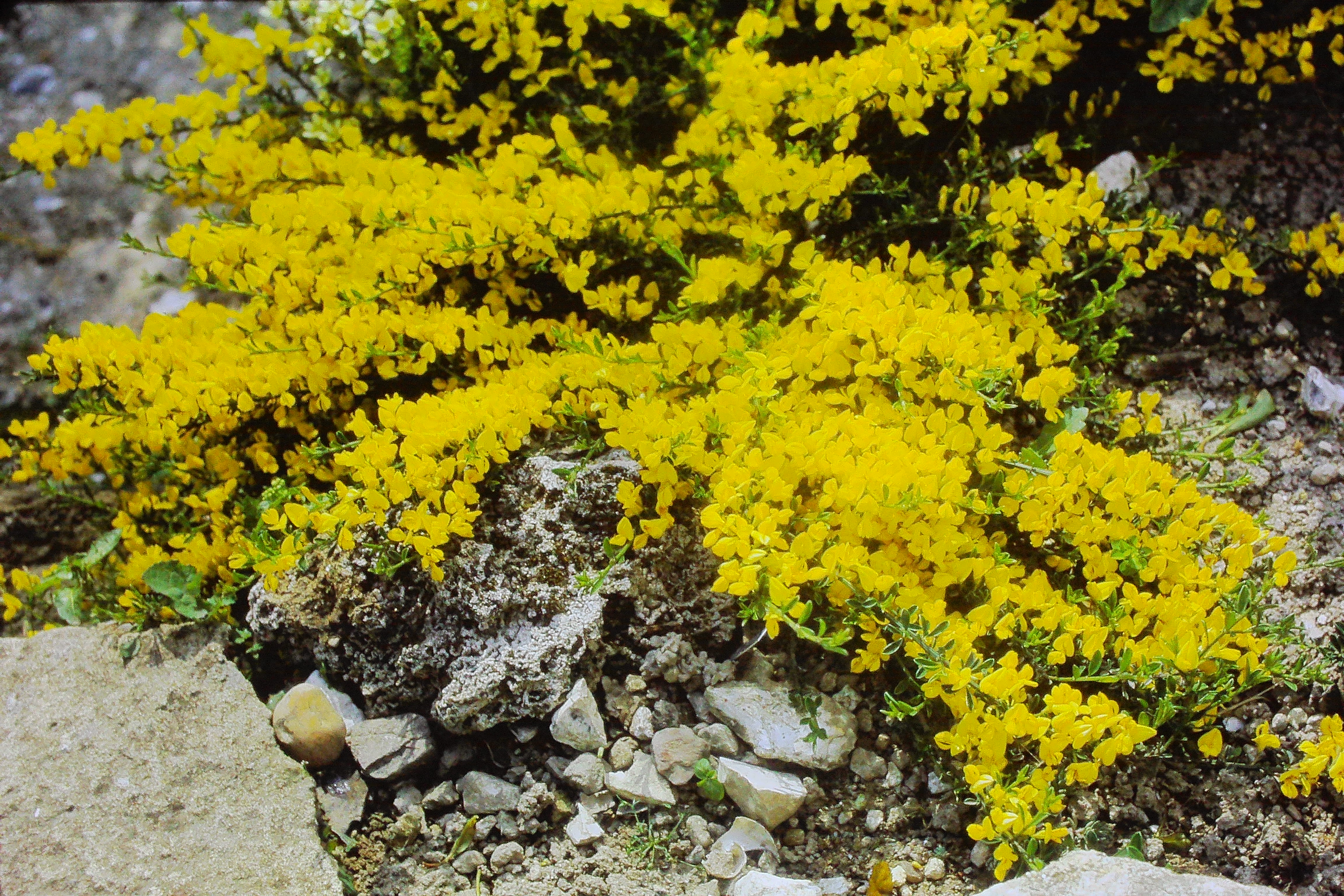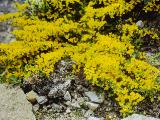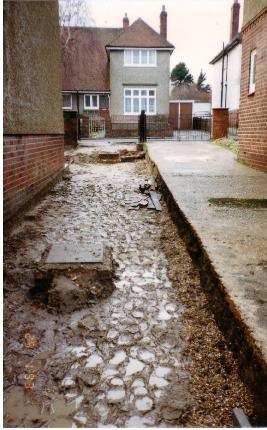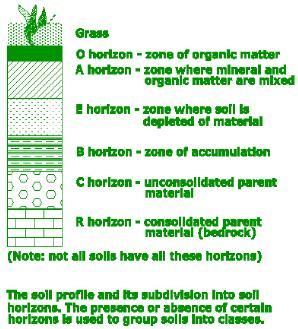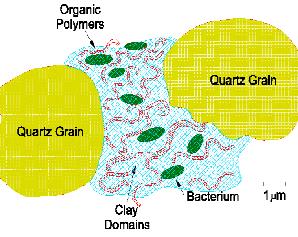Picture Folder Name Pages:- Since 14 June 2019 I have also started to put my own full-sized 4000 x 3000 digital Camera images into the relevant topics in this website again for use in the Public Domain - since there may be 9 or more to a page the resulting
Foord garden flower slides Folder of 35mm 'Ektachrome' Transparency slides taken by Ron & Christine Foord of Rochester, Kent in England during the 20th century. Both have been Slides taken by Ron or Christine Foord have been scanned individually and converted by an F22MP 126PK Super 8 Slides & Negatives All-in-1 Film Scanner to JPEGS by Chris Garnons-Williams in the original size and as a thumbnail during 2020-21. Ron and Christine Foord HA94,HE95, When I have completed the conversion of all the slides from Ron and Christine Foord and inserted a relevant selection of the digitised images into the Photo Garden Flowers Galleries in some months time, then I will complete their text field in the thumbnail row starting with the
Number of Colours required to provide a practical means of roughly differentiating between flower colours, foliage colours and bark/stem colours of plants. Flower Colour:- There are 53 flower colours for All Flowers Colour Wheel and Rock Plant Flowers:- These 12 colour spokes of
Dark tone, mid-tone, pure hue followed by pastel colour:-
There are 7 flower colours:- Foliage Colour:- So as from 18 January 2021, I have decided to use the 53 colours of All Flowers Colour Wheel and Rock Plant Flowers above for the flowers and the foliage in the future combined with the 14 Flower Colours for the UK Native Wildflowers Wild Flower for the UK Wildflowers. I also intend to put the required plant into the respective pages of the Plant Colour Wheel Uses Gallery. |
List of Pictures in a Picture Folder:- Ron & Christine Foord took many photos of wildflower plants and stored them as Kodak 'Kodachrome' Transparency 35mm slides in the 1960-90s as well as these 10,000 of Garden Flowers. If they used other film, then the colour on the slides became sepia over a few years, whereas this did not occur with Kodachrome. The green perhaps got darker over a 50 year period. I am adding these scanned slides to my photos for sending to my website for use in the Public Domain starting in February 2020. |
||||||||||||||||||||||||||||||||||||||||||
|
Fritillaria crassifolia 1 5 71 Fritillaria crassifolia May 72 Fritillaria crassifolia May 72 Fritillaria gracilis May 72 Fritillaria gracilis 1 5 71 Fritillaria imperialis Crown Imperial Fritillaria imperialis Crown Imperial Fritillaria imperialis lutea May 81 Fritillaria imperialis lutea May 81 Fritillaria imperialis lutea May 85 Fritillaria imperialis lutea 07 85 Seed Fritillaria imperialis rubra maxima Fritillaria imperialis rubra maxima Fritillaria michailovskyi Fritillaria michailovskyi Fritillaria michailovskyi Fritillaria pallidiflora Fritillaria pallidiflora Fritillaria persica Fritillaria persica Fritillaria persica Fritillaria persica Apr 85 Fritillaria pontica Fritillaria pontica Fritillaria pyrenaica 28 4 68 Fritillaria seed pods Fritillaria seed pod Fuchsia 'Abbe Farge' Sep 85 Fuchsia 'Abbe Farge' Sep 85 Fuchsia 'Constance' Sep 85 Fuchsia 'Constance' Sep 85 Fuchsia 'Flash' Sep 85 Fuchsia 'Flash' Sep 85 Fuchsia 'General Monk' Sep 85 Fuchsia 'General Monk' Sep 85 Fuchsia 'Lady Thumb' Sep 85 Fuchsia magellanica Sep 85 Fuchsia magellanica Sep 85 Fuchsia magellanica 18 6 66 Fuchsia magellanica 'Alba' Oct 78 Fuchsia microphylla Mar 65 at Kew Fuchsia 'Mrs Popple' Sep 85 Fuchsia 'Tom Thumb' Sep 85 Fuchsia - standard fuchsia Fulcus corrifera May 70 Gagea fisculosa 15 5 71 Gagea lutea 15 5 71 in Leichenstein Gagea lutea 14 5 71 Gagea lutea 15 5 71 Gagea minima 15 5 71 in Leichenstein Gagea minima 14 5 71 in Leichenstein Galanthus elwesii Snowdrop Galanthus elwesii 2 90 Galanthus elwesii Apr 70 Galanthus nivalis Galtonia viridiflora 08 88 Galtonia viridiflora 08 88 Galtonia viridiflora Galtonia candicans Aug 79 Galtonia candicans Aug 79 Gaultheria shallon Sep 79 Genista cinerea Jun 82 Broom Genista pilosa May 71 Genista pilosa Jun 71 Genista pilosa 06 89 Genista pilosa Jun 72 Genista lydia Jun 78 Genista lydia Jul 71 Genista lydia Nov 75 Genista sagittalis var delphinensis Gentiana acaulis May 78 Gentiana acaulis 12 12 70 Gentiana acaulis 23 5 70 Wisley Gentiana asclepiadea Sep 78 Gentiana asclepiadea Sep 78 Gentiana asclepiadea Sep 70 Gentiana brachyphylla 15 7 64 Gentiana bavarica 13 7 64 Gentiana bavarica 13 7 64 Gentiana bavarica 13 7 64 Gentiana clusii 14 5 71 Gentiana clusii 14 5 71 Gentiana clusii May 71 Gentiana dahurica Jul 73 Gentiana dahurica Jul 73 Gentiana dahurica Jul 73 Gentiana kochiana 10 5 71 Gentiana kochiana 16 5 71 Gentiana kochiana 16 5 71 Gentiana lutea 07 85 Gentiana lutea 07 85 Gentiana lutea 16 7 64 Gentiana saxosa Sep 71 Gentiana saxosa Aug 71 Gentiana saxosa Aug 71 Gentiana septemfida Aug 79 Gentiana septemfida Aug 79 Gentiana sino-ornata 09 89 Gentiana verna 12 5 71 Gentiana verna May 71 Gentiana verna 15 5 71 Gentiana verna 16 5 71 Gentiana verna 15 5 71 Geranium cinereum 'Ballerina' Geranium cinereum 'Ballerina' 07 85 Geranium cinereum 'Ballerina' Geranium dalmanicum Jun 93 Geranium delavayi Oct 70 Geranium delavayi Oct 71 Geranium delavayi Oct 71 Geranium farreri (nepaligerum) Jun 71 Geranium maas 07 85 Geranium phaeum 23 5 70 Wisley Geranium phaeum 23 5 70 Wisley Geranium psilostemon Geranium renardii 06 91 Geranium renardii Jun 70 Geranium renardii Jun 71 Geranium sanguineum Geranium sanguineum Geranium sanguineum |
|||||||||||||||||||||||||||||||||||||||||||
|
|||||||||||||||||||||||||||||||||||||||||||
Plant Labelling - A suggestion for plant labelling to help visitors A different solution is that each gardening member of the RHS staff at Wisley be provided with Large White Plastic Angled-Head Labels which are 20 inches (50 cms) in height with a 6 x 4 inch (16 x 10 cms) writing surface and a Marker pen with Black ink to provide a good temporary label for the above broken label (in Lost Flowers page) or for missing labels. If you are concerned about these labels going on "Walkabout", then insert another white label behind the plant and make it invisible to the public. |
|||||||||||||||||||||||||||||||||||||||||||
Site design and content copyright ©December 2020. |
|
||||||||||||||||||||||||||||||||||||||||||
|
Picture Folder Name Pages:- Damage to Trees in Pavement in Madeira caused by the action of man during January/February 2019. Solution to holes in trees. Solutions to stop creating holes in trees. Solution to current problem on these mosaic pavements:- 166 trees in the pavements in a short section of a road in Funchal, Madeira are being slowly, starved, dehydrated, asphyxiated, poisoned by tarmac and concrete, burnt inside their hollow trunks, roots pounded by 40 ton lorries or shoes of pedestrians, and allowed to rot until killed off during February 2019 (see information in Problems with trees in pavements in Funchal, Madeira in January/February 2018 Page, which appears to have had no effect) as shown by my 433 photos in the following pages within the Home Topic:-
Articles on
The day after I arrived in Funchal in January 2020, I spoke to Rita in Owner Relations and she sent an email. Not knowing about the efficiency of the local or main government, I spoke to the reception staff and they told me that Funchal was a Municipality with its own local government with its offices in Funchal. So I took the bus into town and went round the Municipality Offices until I was escorted to a building where you could ask questions in the A group pay bills in the B group and do something else in the C group. Speaking to an official in the A group, I managed to convince him that I had more details about the tree problems on my website, so as to overcome his response of getting me to send an email. He presented a piece of paper with Eng Francisco Andrade, Est. Marmeiros, No 1, Jardins & Espaces Verdes on it. I handed this to a taxi driver and arrived. I spoke with an english-speaking colleague of his and then he very kindly agreed to talk to me with his english-speaking colleague:-
The population of Funchal is 111,892. No wonder that Cedadrive is expensive for such a small population. So, what can they use that is produced in Madeira, since the transport cost of a container from Portugal is 2000 euros (that figure was given me by an employee of a large builder's merchant, and I saw 2 containers being unloaded at their yard, which were not large ones). So I took a taxi to a builders merchant (might be Ferreirae in the upper regions of Funchal).
So, if the local basalt mine created 10mm x 10mm rocks, these could be used as spacers:-
If you use boron from colemanite (The use of ores like colemanite has declined following concerns over arsenic content) and mix it with the black sand and seawater to fill the bottom section of cavities, it will kill off the rot in the trunk and stop the cavity being filled with waste. The arsenic will also stop ants from eating it. Then mix it with wallpaper paste to fill the top half of the cavity and you have sorted the cavity problem. Painting the cut ends with the boron prevents the end from rotting (Boric acid is more toxic to insects than to mammals, and is routinely used as an insecticide). I had forgotten that I did have the supporting literature about wound dressings (as used in my year at Hadlow College to get a HNC in Horticulture) in this course book:- It is unfortunate that with all the other responsibilities that the Funchal Municipality has that they will find it very difficult to locate the finance, resources or personnel to carry out whatever remedial work to over 3000 trees being monitored since September 2019 that the Tree Expert from Portugal recommends, especially if someone continues to remove the identity discs.
If concrete paving is the only option, then why do you not use a Sustainable Drainage System like Marshall Priora as the UK's most popular permeable block paving (CBPP) system as detailed on Permeable Paving & Suds Page of Marshalls? Combine this paver with my other ideas and you could have tree-lined streets with healthy trees throughout the world. This would:-
|
||||||||||||||||||||||||||||||||||||||||||
Bedding Gallery has
Topic - Flower/Foliage Colour |
Ivydene Gardens Photo Garden Flowers 7 Gallery: |
Row 1 has the Pass-Through Camera image of Thumbnail image named in Row 2 Row 2 has same image reduced to fit the image frame of 160 x 120 pixels as a Click on either image and drag to your desktop. Copying the pages and then clicking on the images to drag them may not work. |
|
Galtonia viridiflora 08 88
|
|
Galtonia viridiflora 08 88
|
|
Galtonia viridiflora
|
|
Galtonia candicans Aug 79
|
|
Galtonia candicans Aug 79
|
|
Gaultheria shallon Sep 79
|
|
Genista cinerea Jun 82 Broom
|
|
Genista pilosa May 71
|
|
Genista pilosa Jun 71
|
|
Genista pilosa 06 89
|
|
Genista pilosa Jun 72
|
Problems for Houseowners and Builders when the new home is surrounded clay and how to solve 8 problems caused by clay:-
|
Builders do sell the original topsoil including
where the new building and its garden areas are to be built.
The consolidated parent material (bedrock) is usually sand, chalk or clay with flint possibly.
If every garden of a new house had a 12 inch depth of soil removed from its new garden area,
|
There is other compostable waste that could be used in the above mixture - The following is from a
"So why now, in my 57th year, have I seen the light?
So, I have seen the errors of my youth and come inside. Milan tells me we have only just started. It is shocking how much compostable material is wasted at such cost to our environment:
The reasons are:-
Time is running out; we cannot afford 100% safety when environmental destruction is 95% certain
If the above waste was turned into compost that would last as a mulch like spent mushroom compost,
If you cannot be bothered to buy the commercially produced soil conditioner and collect your own
China sells a lot of seaweed. The Cornish Seaweed Company sells edible Cornish Seaweed and The following is from No Dig Vegetable Garden Website:-
What's the best way to use seaweed on the garden?
|

